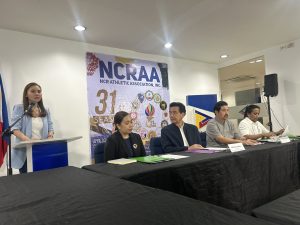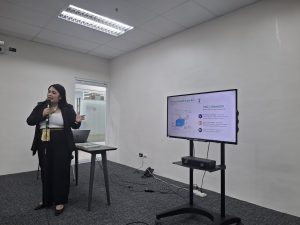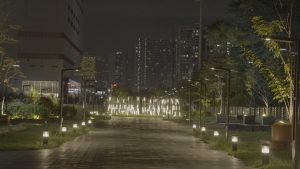President Ferdinand R. Marcos, Jr. has placed the rehabilitation of the historic Pasig River at the center of his administration’s urban renewal strategy, launching an ambitious initiative aimed at transforming the long-polluted waterway into a dynamic hub for tourism, commerce and sustainable transport.
Dubbed as Pasig Bigyang Buhay Muli (PBBM), the project envisions to transform the 25-kilometer riverfront promenade into an economic and wellness hub featuring linear parks, elevated bike lanes, pedestrian pathways, and commercial spaces.
Anchored on Executive Order No. 35, the project combines environmental restoration with economic development, offering new opportunities for riverside communities and positioning the Pasig River as a symbol of progress.
Led by the Inter-Agency Council for the Pasig River Urban Development (IAC-PRUD) headed by Department of Human Settlements and Urban Development (DHSUD) Secretary Jose Rizalino Acuzar, the PBBM Project has already made a mark in its first year of implementation–transforming the formerly dark and neglected area at the back of the renowned Manila Central Post Office into a showcase area.
“This project isn’t just about aesthetics. It’s about reclaiming a national treasure and ensuring it serves the people,” President Marcos Jr. said during the project’s unveiling.
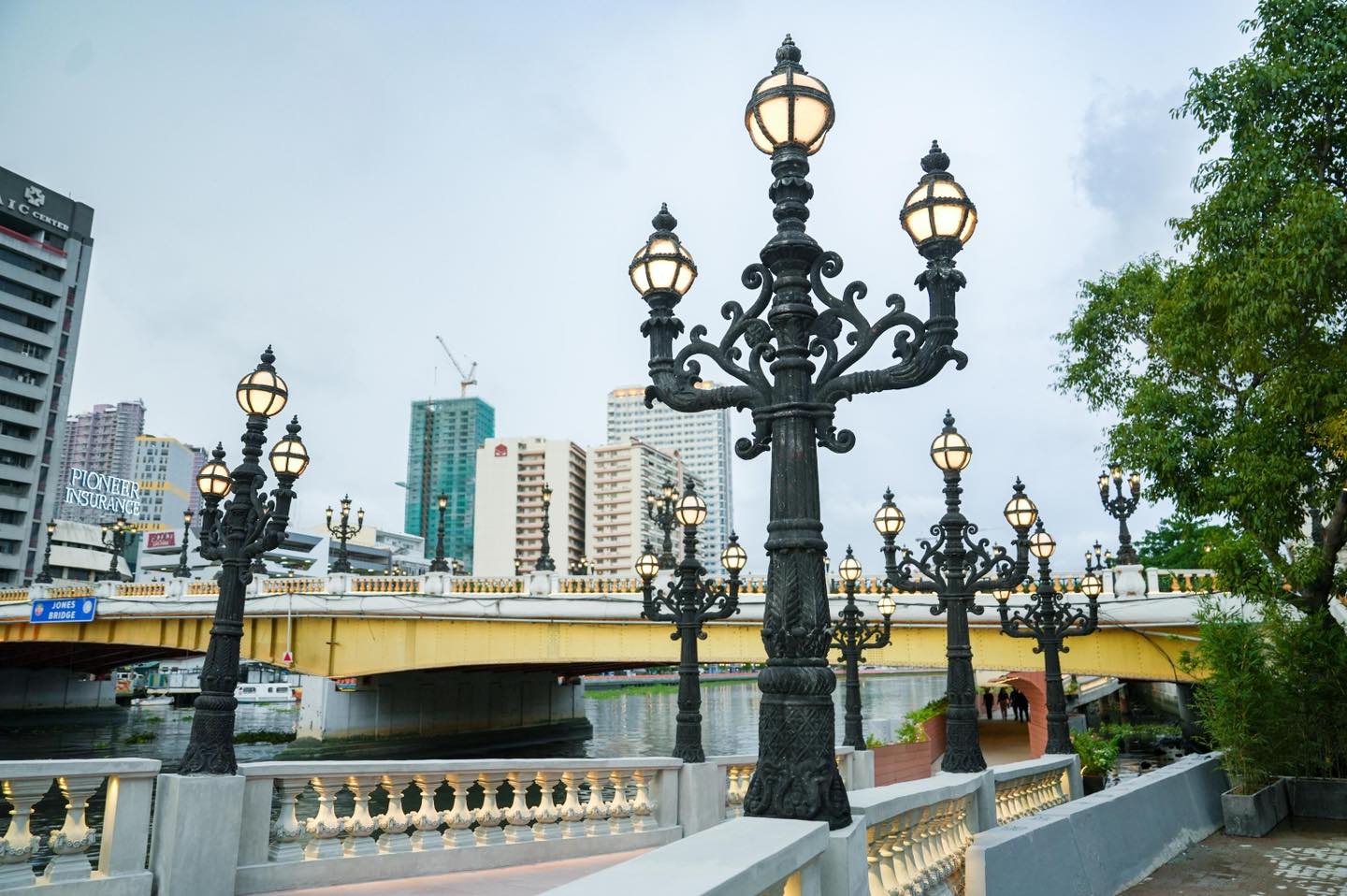
Photo courtesy of PNA.
Promise of renewal
Once a vital artery connecting Manila Bay and Laguna de Bay, the Pasig River has become a stark symbol of the capital’s environmental challenges—choked by industrial waste, urban runoff, and informal settlements along its banks.
In January 2024, the government inaugurated the PBBM Project Showcase Area behind the Manila Central Office, and subsequently in June extended the first 500 meters of the esplanade down to Plaza Mexico—practically connecting it to Intramuros. The new phase featured a 100-meter view deck atop the commercial pop up shops now operating. Instantly, the showcase area has become one of the favorite go-to spots in Manila with its “instragrammable” view and unique ambience, especially at night with its lighting accented by water fountains and Filipino-themed statues.
Also, the PBBM Project aims to create eco-friendly transport corridors, pedestrian zones, and vibrant public spaces, all while preserving the river’s historic landmarks.
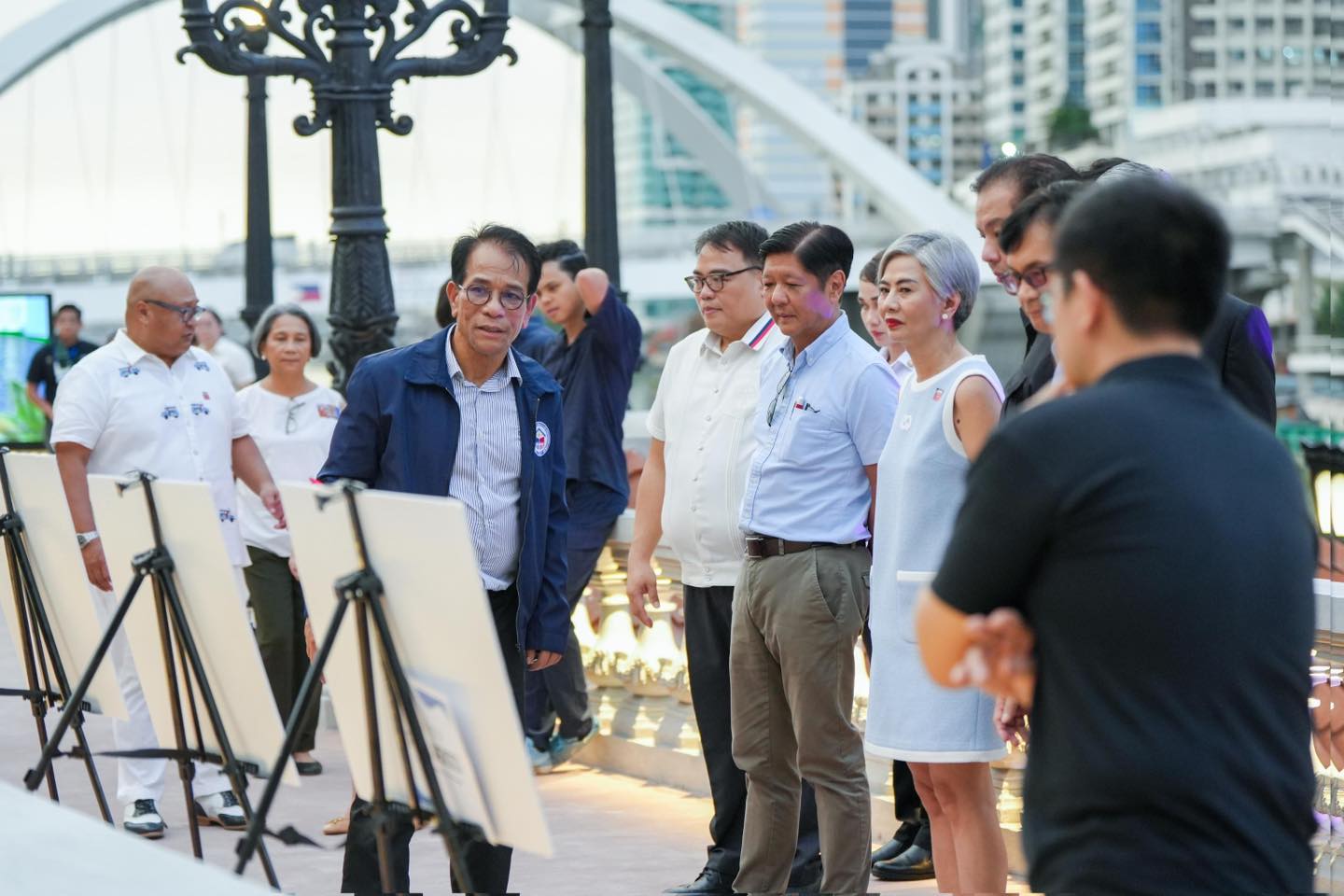
Photo courtesy of PCO.
First Lady’s Stewardship
The project has also drawn the active involvement of First Lady Liza Araneta-Marcos, who emphasized the need to balance modern infrastructure with the preservation of cultural heritage.
“Every detail matters in this project—from accessibility to the cultural narrative we’re building along the riverbanks,” she said during an inspection in April 2024.
Challenges
Relocating thousands of informal settler families remains one of the most complex challenges of the project. To address this, the government has aligned its efforts with the Pambansang Pabahay Para sa Pilipino (4PH) Program also being spearheaded by the DHSUD, to provide sustainable relocation solutions to ISFs along the riverbanks.
Secretary Acuzar has vowed to prioritize ISFs along the Pasig River, estimated to be at 10,000 families, under the ongoing 4PH project in collaboration with the Philippine Ports Authority in Manila.
“Yan po ang bilin ng mahal na Pangulong Bongbong Marcos Jr.—wala dapat madi-displace at mapapalayo sa kanilang mga hanapbuhay at eskwelahan,” said Secretary Acuzar.
The 4PH Project at the Parola Area is jointly being undertaken by the PPA and DHSUD’s key shelter agency, the Social Housing Finance Corporation (SHFC).
Apart from the relocation of ISFs, budgetary constraints has also been a tough challenge for the PBBM Project which relies heavily on private sector donation.
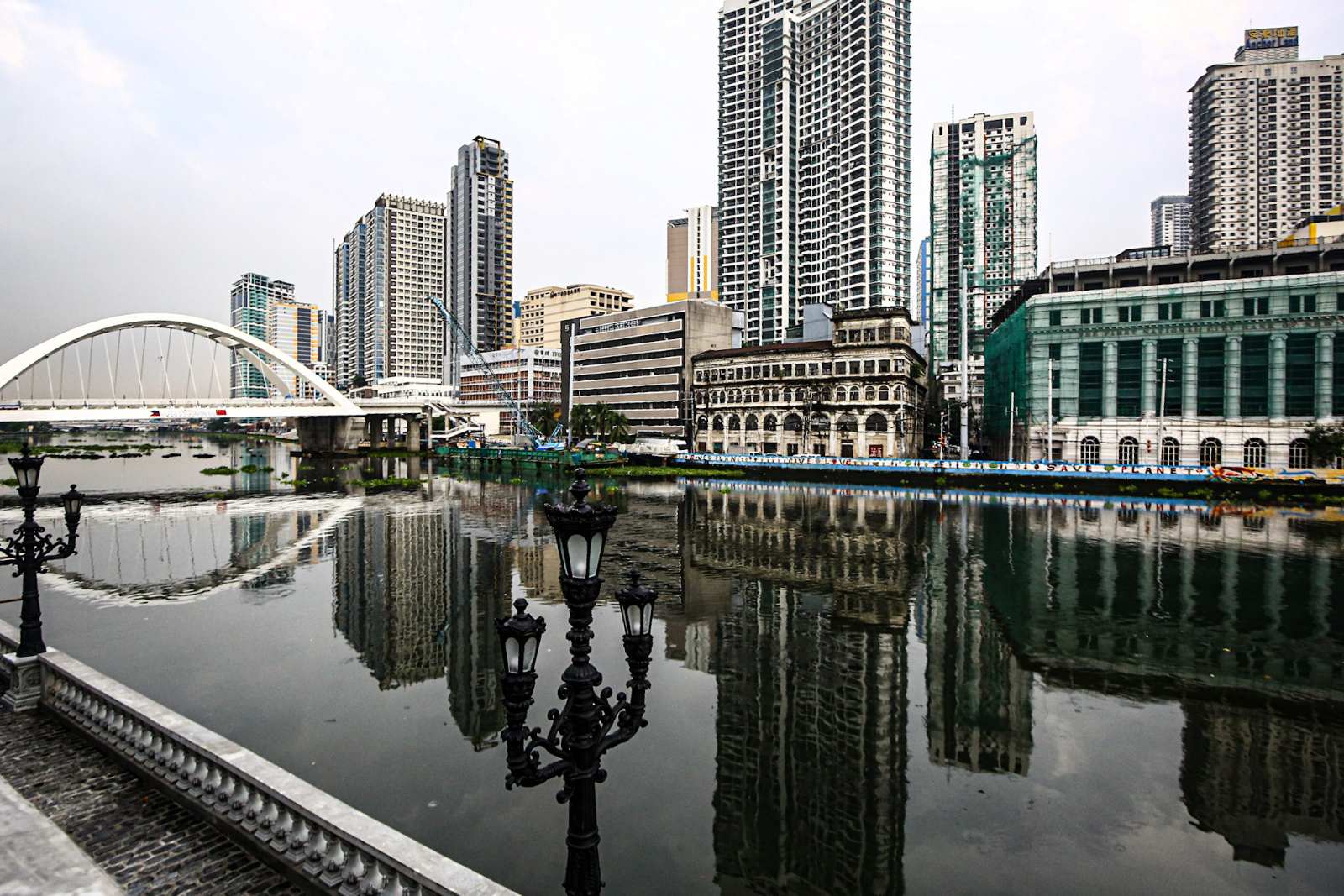
Photo courtesy of PNA.
Environmental restoration
The Department of Environment and Natural Resources-Pasig River Coordinating and Management Office reported the removal of 1,603.53 tons of solid waste and water hyacinth from the river between January and May 2024.
This cleanup effort, part of the broader Manila Bay Rehabilitation Program, serves as a critical step in the river’s ecological revival.
“In many ways, the Pasig River reflects our national progress. How well we restore this iconic waterway will speak volumes about our commitment to sustainable development,” President Marcos Jr. said.
While acknowledging that the Pasig River, once declared biologically dead, may never fully return to its old glory, the President remains confident in its potential to serve as a global model for environmental management and urban planning.
“We can stop it from being a petri dish of toxins and make it instead an incubator of progress and best environmental practices,” he said.
As the administration presses forward, the Pasig River “reborn” could emerge as a defining legacy of the Marcos presidency, setting a blueprint for sustainable urban transformation not just in the Philippines but globally. (PTV)
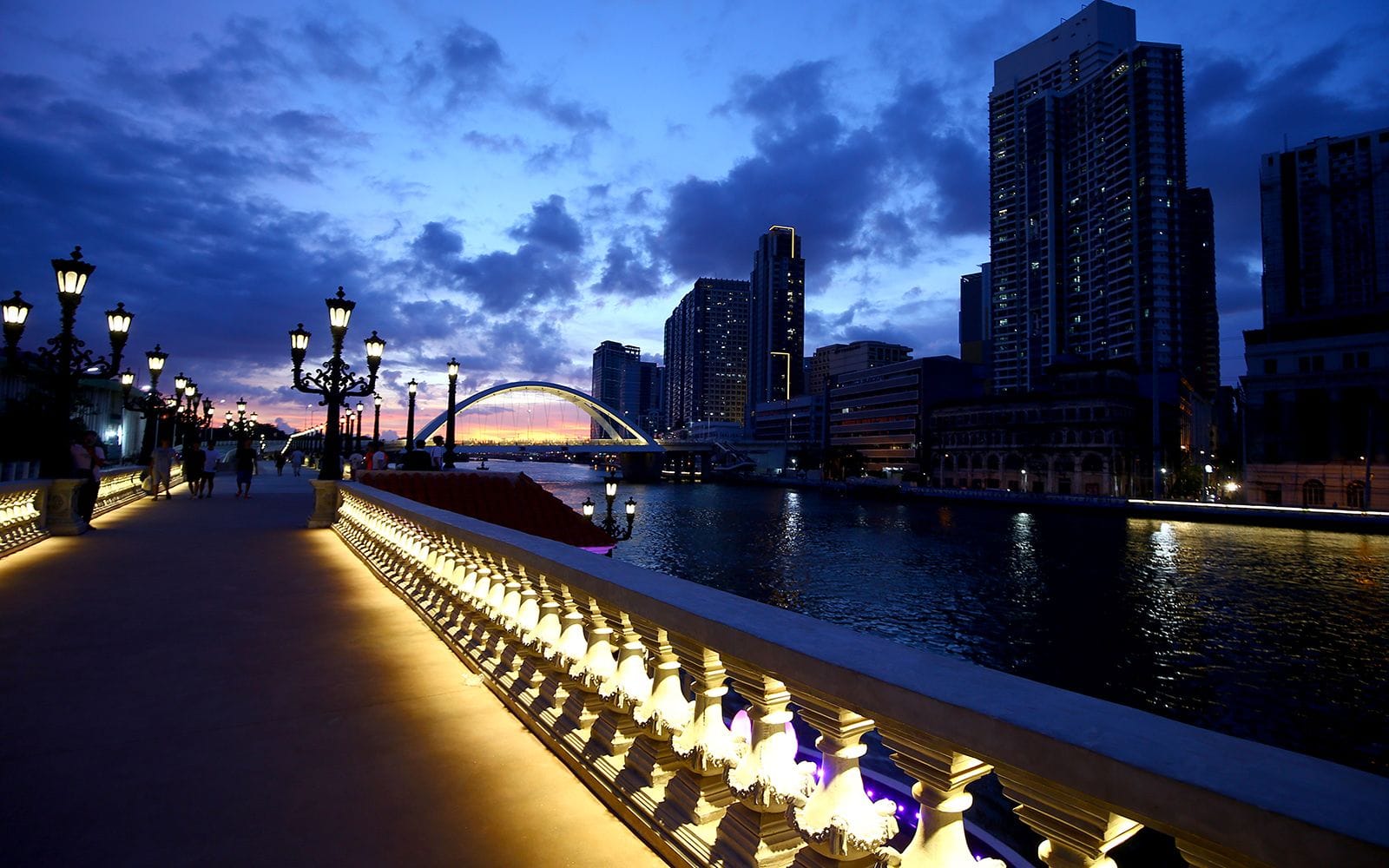
Photo courtesy of PNA.

